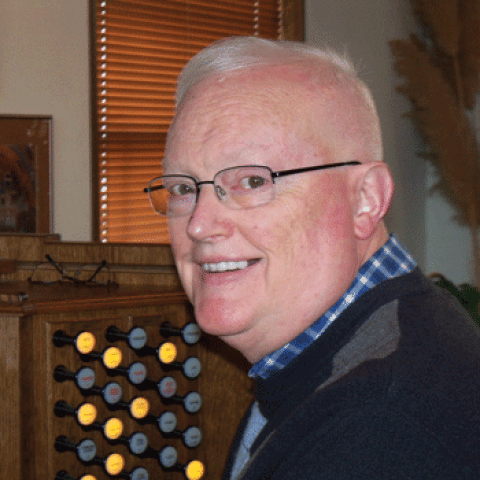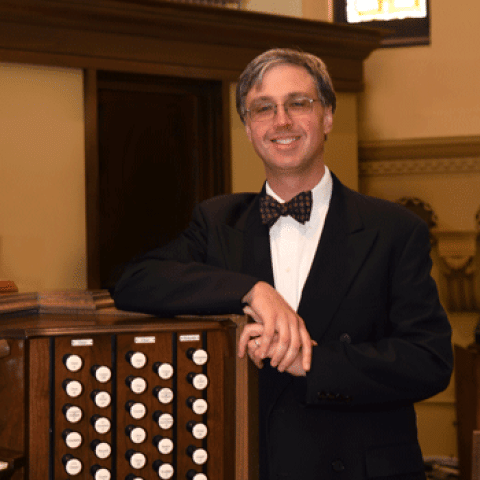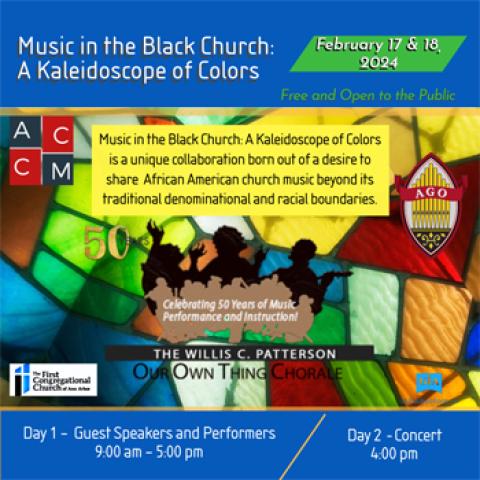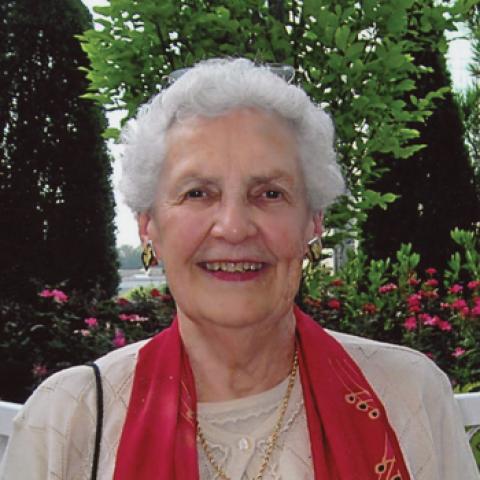
Franklin Ashdown has had new organ collections and choral compositions published.
Pastoral Psalms for Organ, a set of 11 free style and hymn-based compositions based on Psalm 23, is published by Augsburg Fortress. Communion Canticles, published by Sacred Music Press, is a collection of eight free and hymn-based pieces for Eucharist/Holy Communion.
Two new choral compositions are Day Is Dying in the West (SATB and keyboard, for Lent/Ordinary Time), available from Paraclete Press, and Hush, My Dear, Lie Still and Slumber (SATB and keyboard, for Christmas), published by GIA.







